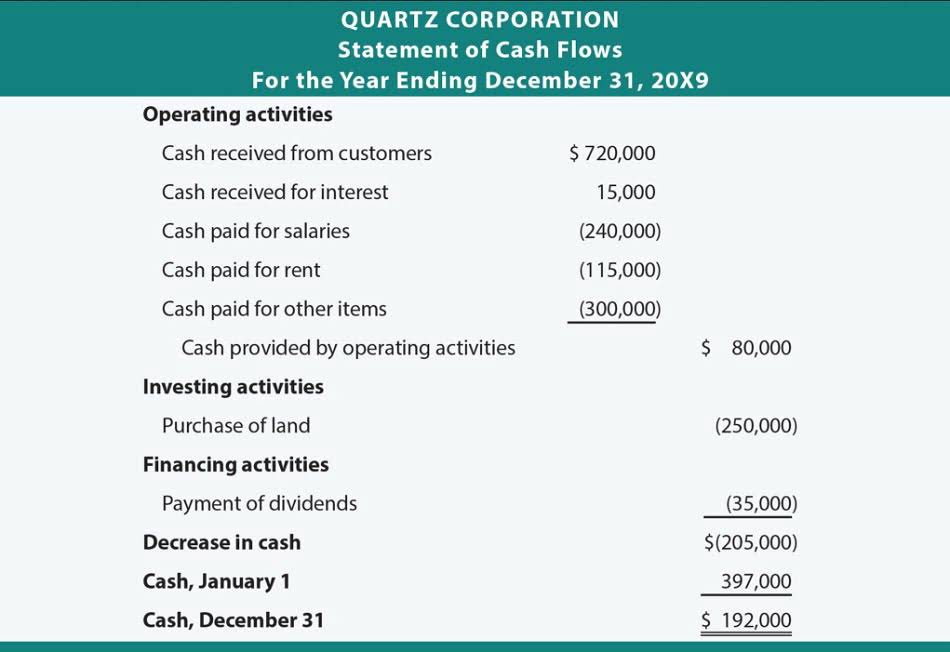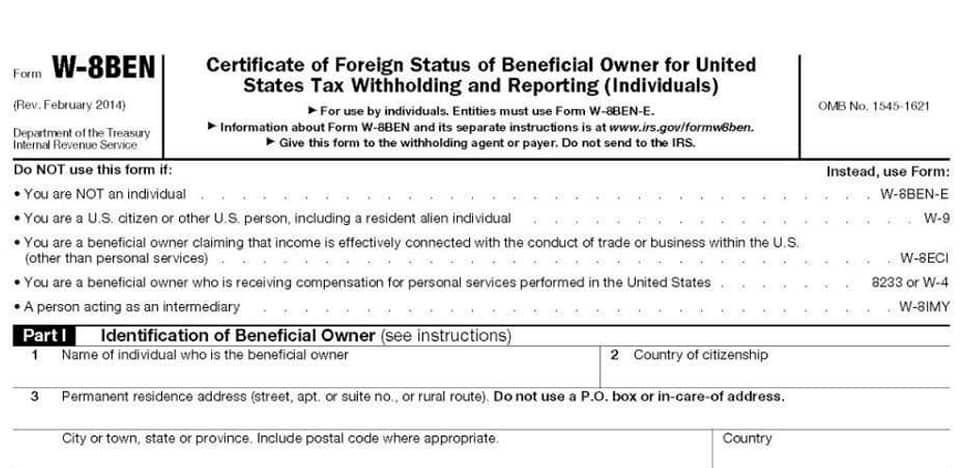How to calculate outstanding shares

Companies with big news that affects their number of shares outstanding, such as stock splits, announce the events in press releases that are reported by the business media. For example, the price-to-earnings (P/E) ratio calculates how much investors are paying for $1 of a company’s earnings by dividing the company’s share price by its EPS. While outstanding shares determine a stock’s liquidity, the share float—shares available for public trading – plays a crucial role. A company with 100 million outstanding shares, but with 95 million held by insiders and institutions, will have a constrained float of only five million shares, impacting its liquidity. One key goal of the diluted share figure is to appropriately calculate earnings per share accounting for all of the potential formula for outstanding shares shares out there, whether currently existing or underlying other instruments. Convertible debt is treated on an “as-converted” basis if the company’s stock is trading above the conversion price.
Reverse Split
You can compare the differences between the figures on specific dates of the filings to find the change in outstanding shares. Companies may issue shares from time to time to fund growth or to reward executives and other insiders, so the number can vary from quarter to quarter. Similarly, companies may repurchase their own stock, reducing the outstanding share count. Shares outstanding are used to determine a company’s market capitalization, i.e. the total value of a company’s equity, or equity value. The formula for calculating the shares outstanding consists of subtracting the shares repurchased from the total shares issued to date.
Weighted Average of Outstanding Shares
Of course, merely increasing the number of outstanding shares is no guarantee of success; the company has to deliver consistent earnings growth as well. A company’s outstanding shares decrease when there is a reverse stock split. A company generally embarks on a reverse split or share consolidation to bring its share price into the minimum range necessary to satisfy exchange listing requirements. While the lower number of outstanding shares often hampers liquidity, it could also deter short sellers since it becomes more difficult to borrow shares for short sales. A company’s outstanding shares may change over time because of several reasons. These include changes that take place because of stock splits and reverse stock splits.

It’s used to calculate financial metrics
Trusted by over 2 Cr+ clients, Angel One is one of India’s leading retail full-service broking houses. We offer a wide range of innovative services, including online trading and investing, advisory, margin trading facility, algorithmic trading, smart orders, etc. Our Super App is a powerhouse of cutting-edge tools such as basket orders, GTT orders, SmartAPI, advanced charts and others that help you navigate capital markets like a pro. This is for informational purposes only as StocksToTrade is not registered as a securities broker-dealer or an investment adviser. You can usually find the number of shares outstanding in the stock details section of your charting software.

Market Cap Formula
- In effect, it weights any change in the number of shares outstanding according to the length of time that change was in effect.
- Investors can find the total number of outstanding shares a company has on its balance sheet.
- For example, the difference between the number of shares currently outstanding and the number of shares fully diluted is comparatively likely to be significant for fast-growing technology companies.
- But this compensation does not influence the information we publish, or the reviews that you see on this site.
- While this estimate isn’t perfect, it’s usually close to the stock’s actual shares outstanding.
If you’re going to become an investor, there are a few things you should know — like these formulas. The inputs you’ll need for this calculation are located on the balance sheet. Yarilet Perez is an experienced multimedia journalist and gross vs net fact-checker with a Master of Science in Journalism. She has worked in multiple cities covering breaking news, politics, education, and more.
How To Calculate Weighted Average Shares Outstanding
A company’s number of outstanding shares is not static and may fluctuate wildly over time. If a company issues new shares to the public, exercises a stock split or the employees of the company redeem the stock options, the number of outstanding shares tends to increase. On the other hand, if a company buys back the shares or practices share consolidation, the number of outstanding shares decreases. The shares issued by the company, excluding the ones kept in the company treasury, are called Outstanding Shares.
Lockups aside, long-standing investors such as founders or venture capital backers may have their own restrictions on selling, or may have signaled that they have no intent to do so. In other words, the treasury stock method accounts for the cash that will come in from option and warrant exercise, and assumes that the cash received will offset a portion of the shares issued. For most companies, the number of authorized shares well exceeds the shares outstanding. In addition, most public companies don’t need to issue more shares, at least in the number required to bump up against the authorized maximum. Moreover, the number of shares outstanding is extremely useful when monitoring how a company conducts its business, as things like stock splits also affect share numbers. The purpose of the repurchase can also be to eliminate the shareholder dilution that will occur from future ESOs or equity grants.

How Stock Buybacks and Issuances Impact Shares Outstanding
The number of outstanding shares affects several key financial metrics and ratios, including earnings per share (EPS) and price-to-earnings (P/E) ratio. As noted above, outstanding shares are used to determine very important financial metrics for public companies. These include a company’s market capitalization, such as market capitalization, earnings per share (EPS), and cash flow per share (CFPS). The chart below shows how each is calculated using outstanding shares. A stock split occurs when a company increases its shares outstanding without changing its market cap or value. Companies can also undergo reverse stock splits or consolidate shares.

Many different terms for the number of shares of stock

P/B is often used to value companies in the financial sector (i.e. banks) and is calculated by taking a company’s share price and dividing it by the book value per share. Two different ways to analyze a company through its shares outstanding are earnings per share (EPS) and cash flow per share (CFPS). Shares outstanding are the basis of several key financial metrics and can be useful for tracking a company’s operating performance.